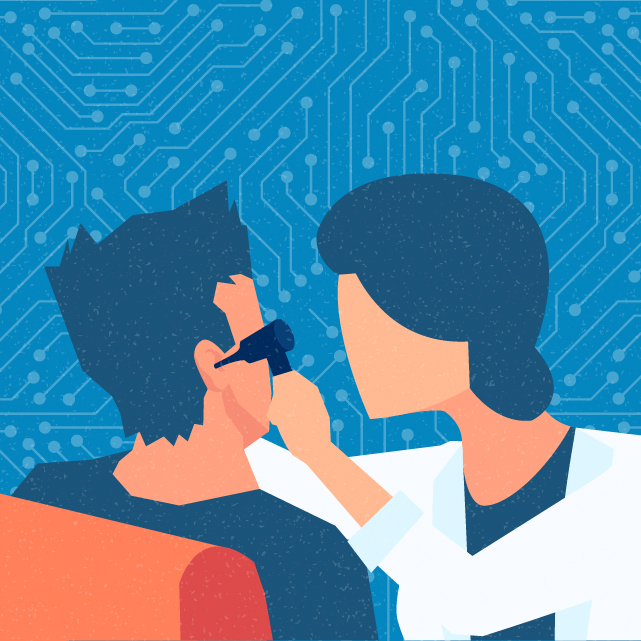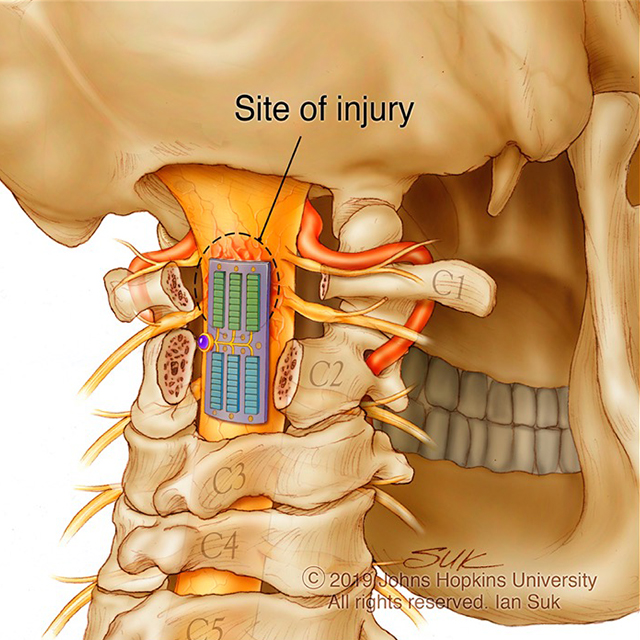A significant number of eligible patients never receive cardiac rehabilitation due to the in-person nature of most programs. Typically, patients must commute to cardiac rehab centers three times each week — often driving a significant distance, paying for parking and sacrificing critical work or family time, says Johns Hopkins preventive cardiologist Seth Martin.
“It’s a big commitment that has prevented many of our patients from accessing care,” Martin says. “And that was before the pandemic hit.”
Martin and his colleagues — including cardiologists Lena Mathews and Kerry Stewart — had been researching and developing a plan for virtual cardiac rehab to broaden access and boost health equity long before COVID-19 surfaced. In March 2020, the pandemic served as a catalyst for these plans, explains Martin, condensing months or years of work into just a few weeks.
On April 1, 2020, Martin and his colleagues received funding from the American Heart Association for a research grant to develop a virtual cardiac rehab program at Johns Hopkins. Immediately, they assembled a team of experts from a range of disciplines. Together, the team developed a new curriculum for virtual rehab that makes use of existing platforms being studied, such as an app to help heart attack patients take charge of their recovery.
In addition, the researchers established criteria for deciding which patients would safely benefit from a virtual program. They digitized paper intake and progress forms to build a database of patient information, and developed videos to help onboard patients. To make the program more widely accessible, Martin and his colleagues worked with industry partners to secure smartphones, smartwatches and internet access.
Martin says he and his colleagues are looking forward to recruiting patients to help further develop and test the virtual approach.
Read the original version of this article: Telemedicine and Cardiac Rehabilitation.


